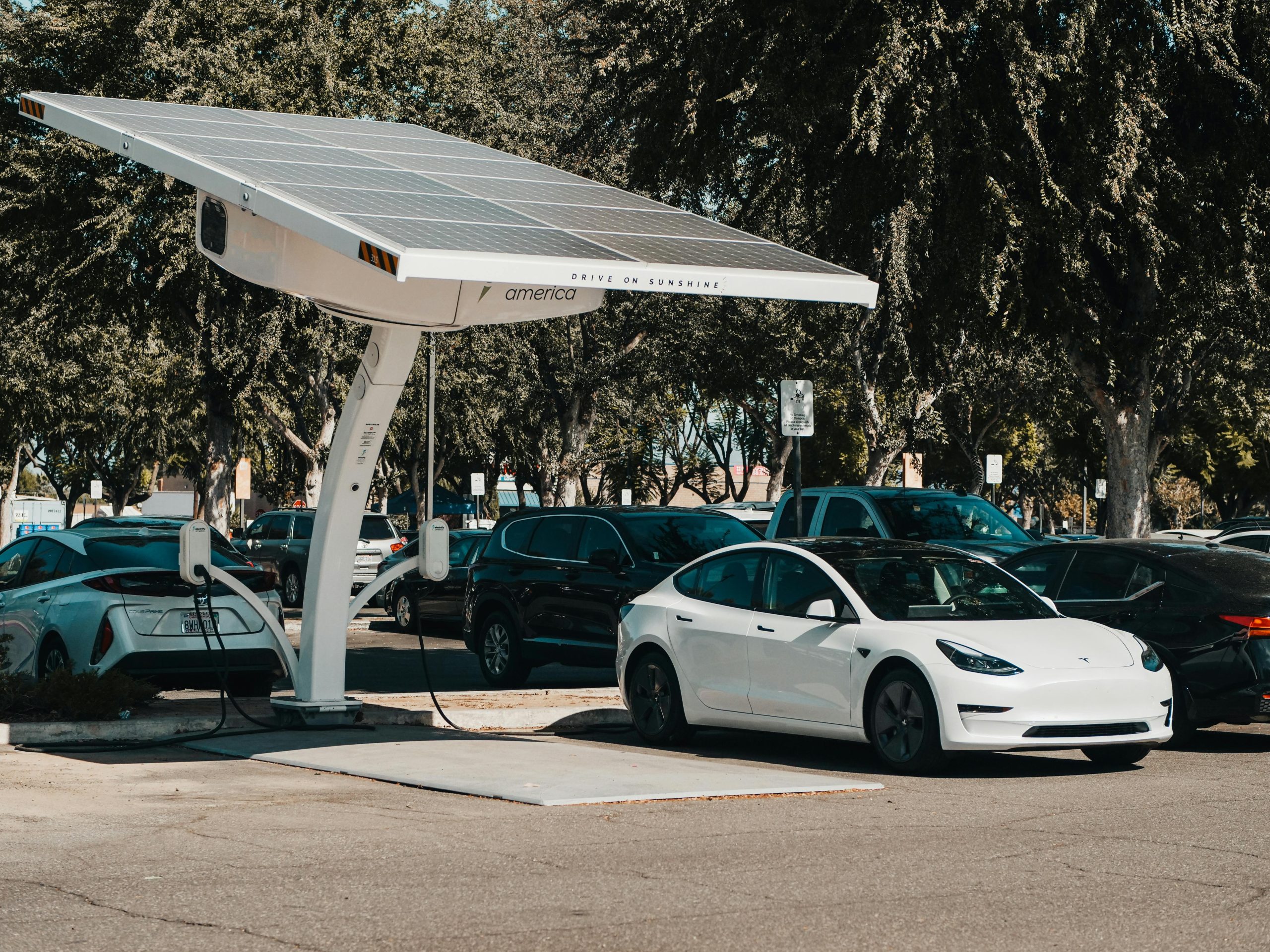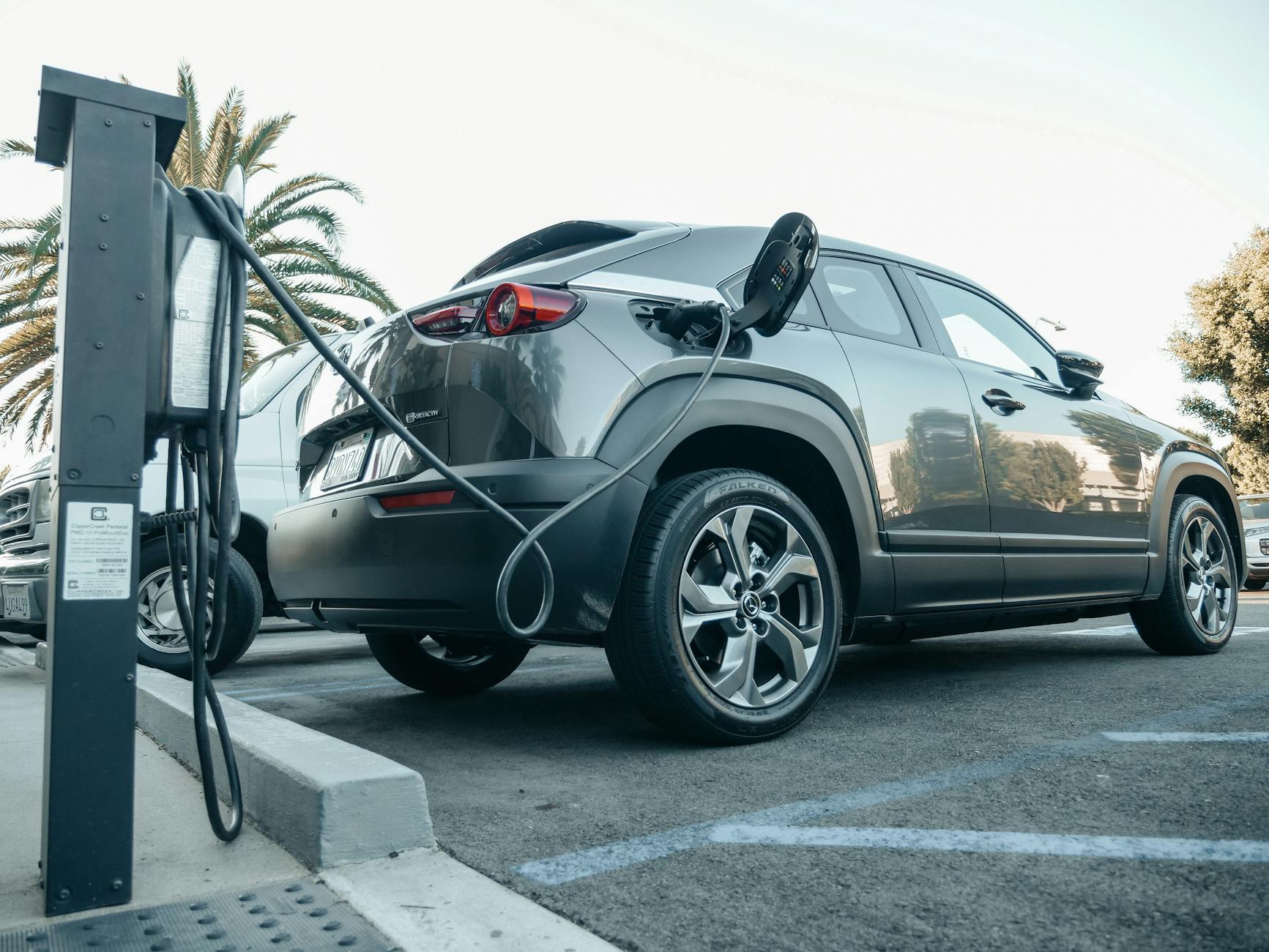Table of Contents
Introduction
Electric vehicles (EVs) are revolutionizing the automotive industry, offering a cleaner, more sustainable alternative to traditional internal combustion engine (ICE) vehicles. As the world shifts towards reducing carbon emissions and combating climate change, understanding how electric vehicles work is becoming increasingly important. This article delves into the technical workings of electric vehicles, exploring their components, functionality, and the technology that powers them.
Introduction to Electric Vehicles
Electric vehicles are automobiles that are propelled by one or more electric motors, using energy stored in rechargeable batteries. Unlike conventional vehicles that rely on gasoline or diesel, EVs use electricity as their primary source of power. This fundamental difference in power source leads to a completely different set of components and systems that make up an electric vehicle.
Key Components of Electric Vehicles
To understand how electric vehicles work, it’s essential to familiarize yourself with their key components. These components work together to convert electrical energy into mechanical energy, propelling the vehicle forward.
1. Electric Motor
The electric motor is the heart of an electric vehicle. It converts electrical energy from the battery into mechanical energy, which drives the wheels. There are several types of electric motors used in EVs, including:
- AC Induction Motors: Commonly used in Tesla vehicles, these motors are known for their efficiency and reliability.
- Permanent Magnet Synchronous Motors (PMSM): These motors are widely used due to their high power density and efficiency.
- Switched Reluctance Motors (SRM): Known for their simplicity and robustness, SRMs are used in some commercial EVs.
Electric motors offer several advantages over internal combustion engines, including instant torque, higher efficiency, and fewer moving parts, which result in lower maintenance requirements.
2. Battery Pack
The battery pack is the energy storage system of an electric vehicle. It stores electrical energy in the form of chemical energy and releases it as needed to power the electric motor. The most common type of battery used in EVs is the lithium-ion battery, known for its high energy density, long life, and relatively low self-discharge rate.
The battery pack consists of multiple battery cells grouped into modules, which are then combined to form the complete pack. The battery management system (BMS) monitors and manages the battery’s state of charge, temperature, and health to ensure optimal performance and safety.
3. Power Electronics Controller
The power electronics controller acts as the brain of the electric vehicle. It manages the flow of electrical energy between the battery and the electric motor. The controller converts the direct current (DC) from the battery into alternating current (AC) for the electric motor, and vice versa during regenerative braking.
The controller also regulates the motor’s speed and torque by adjusting the frequency and amplitude of the electrical signals sent to the motor. This precise control allows for smooth acceleration and deceleration, enhancing the driving experience.
4. Charging Port and Onboard Charger
The charging port is the interface through which the electric vehicle connects to an external power source for charging. The onboard charger converts the AC power from the charging station into DC power, which is then stored in the battery pack.
There are different levels of charging:
- Level 1 Charging: Uses a standard household outlet (120V) and provides a slow charging rate, typically adding 2-5 miles of range per hour.
- Level 2 Charging: Uses a 240V outlet, commonly found in residential and commercial settings, and provides a faster charging rate, adding 10-60 miles of range per hour.
- DC Fast Charging: Uses high-power DC chargers, typically found at public charging stations, and can charge an EV to 80% in 20-30 minutes.
5. Thermal Management System
The thermal management system is crucial for maintaining the optimal operating temperature of the battery pack, electric motor, and power electronics. Lithium-ion batteries perform best within a specific temperature range, and excessive heat or cold can reduce their efficiency and lifespan.
The thermal management system uses a combination of liquid cooling, air cooling, and heating elements to regulate the temperature of the battery pack and other components. This system ensures that the EV operates efficiently and safely in various environmental conditions.
6. Regenerative Braking System
Regenerative braking is a unique feature of electric vehicles that allows them to recover energy during deceleration and braking. When the driver applies the brakes, the electric motor operates in reverse, acting as a generator to convert kinetic energy into electrical energy, which is then stored in the battery pack.
This process not only improves the overall efficiency of the vehicle but also reduces wear and tear on the traditional braking system, leading to lower maintenance costs.
How Electric Vehicles Work: The Power Flow
Understanding the power flow in an electric vehicle is key to grasping how EVs work. The process can be broken down into several stages:
1. Energy Storage
The journey of power in an electric vehicle begins with the battery pack. The battery stores electrical energy in the form of chemical energy. When the vehicle is plugged into a charging station, the onboard charger converts AC power from the grid into DC power, which is then stored in the battery.
2. Energy Conversion
When the driver presses the accelerator pedal, the power electronics controller sends a signal to the battery to release stored energy. The battery supplies DC power to the controller, which then converts it into AC power for the electric motor.
3. Mechanical Energy Generation
The electric motor receives the AC power from the controller and converts it into mechanical energy. This mechanical energy is transferred to the wheels through a single-speed transmission, propelling the vehicle forward.
4. Regenerative Braking
During deceleration or braking, the electric motor operates in reverse, acting as a generator. It converts the kinetic energy of the moving vehicle back into electrical energy, which is then sent to the battery for storage. This process helps to extend the vehicle’s range and improve overall efficiency.
5. Thermal Management
Throughout the entire process, the thermal management system monitors and regulates the temperature of the battery pack, electric motor, and power electronics. This ensures that all components operate within their optimal temperature range, maximizing performance and longevity.
Advantages of Electric Vehicles
Electric vehicles offer numerous advantages over traditional internal combustion engine vehicles, making them an attractive option for consumers and a key component of the transition to sustainable transportation.
1. Environmental Benefits
One of the most significant advantages of electric vehicles is their reduced environmental impact. EVs produce zero tailpipe emissions, which helps to improve air quality and reduce greenhouse gas emissions. When charged with renewable energy sources, such as solar or wind power, the environmental benefits are even greater.
2. Energy Efficiency
Electric vehicles are far more energy-efficient than ICE vehicles. While traditional vehicles convert only about 20-30% of the energy from gasoline into mechanical energy, EVs convert over 60% of the electrical energy from the grid into mechanical energy. This higher efficiency translates to lower energy consumption and reduced operating costs.
3. Lower Operating Costs
Electric vehicles have fewer moving parts than ICE vehicles, resulting in lower maintenance costs. There is no need for oil changes, and the regenerative braking system reduces wear on the brake pads. Additionally, electricity is generally cheaper than gasoline, leading to lower fuel costs.
4. Quiet and Smooth Operation
Electric vehicles operate more quietly and smoothly than ICE vehicles. The absence of an internal combustion engine eliminates engine noise, resulting in a quieter ride. The instant torque provided by electric motors also ensures smooth and responsive acceleration.
5. Government Incentives
Many governments around the world offer incentives to encourage the adoption of electric vehicles. These incentives can include tax credits, rebates, reduced registration fees, and access to carpool lanes. Such incentives can significantly reduce the upfront cost of purchasing an EV.
Challenges and Future of Electric Vehicles
While electric vehicles offer numerous benefits, there are still challenges that need to be addressed to accelerate their widespread adoption.
1. Charging Infrastructure
The availability of charging infrastructure is a critical factor in the adoption of electric vehicles. While the number of charging stations is growing, there is still a need for more widespread and accessible charging options, especially in rural and underserved areas.
2. Battery Technology
Battery technology is a key area of focus for the future of electric vehicles. While lithium-ion batteries are currently the standard, researchers are exploring alternative battery chemistries, such as solid-state batteries, which promise higher energy density, faster charging times, and improved safety.
3. Range Anxiety
Range anxiety, or the fear of running out of battery power before reaching a charging station, is a common concern among potential EV buyers. Advances in battery technology and the expansion of charging infrastructure are helping to alleviate this concern, but further improvements are needed to increase the range of EVs and reduce charging times.
4. Cost
While the cost of electric vehicles has been decreasing, they are still generally more expensive upfront than comparable ICE vehicles. However, the total cost of ownership, including fuel and maintenance savings, often makes EVs more economical in the long run. Continued advancements in battery technology and economies of scale are expected to further reduce the cost of EVs.
5. Recycling and Sustainability
As the number of electric vehicles on the road increases, so does the need for sustainable battery recycling solutions. Proper recycling of lithium-ion batteries is essential to recover valuable materials and minimize environmental impact. Developing efficient and scalable recycling processes is a key challenge for the industry.
Conclusion
Electric vehicles represent a significant shift in the automotive industry, offering a cleaner, more efficient, and sustainable mode of transportation. Understanding the technical workings of EVs, from the electric motor and battery pack to the power electronics controller and regenerative braking system, provides insight into the innovative technology that powers these vehicles.
As the world continues to move towards a greener future, electric vehicles will play a crucial role in reducing carbon emissions and combating climate change. While challenges remain, ongoing advancements in battery technology, charging infrastructure, and government incentives are paving the way for the widespread adoption of electric vehicles.
By embracing electric vehicles, we can drive towards a more sustainable and environmentally friendly future, ensuring a cleaner planet for generations to come.




